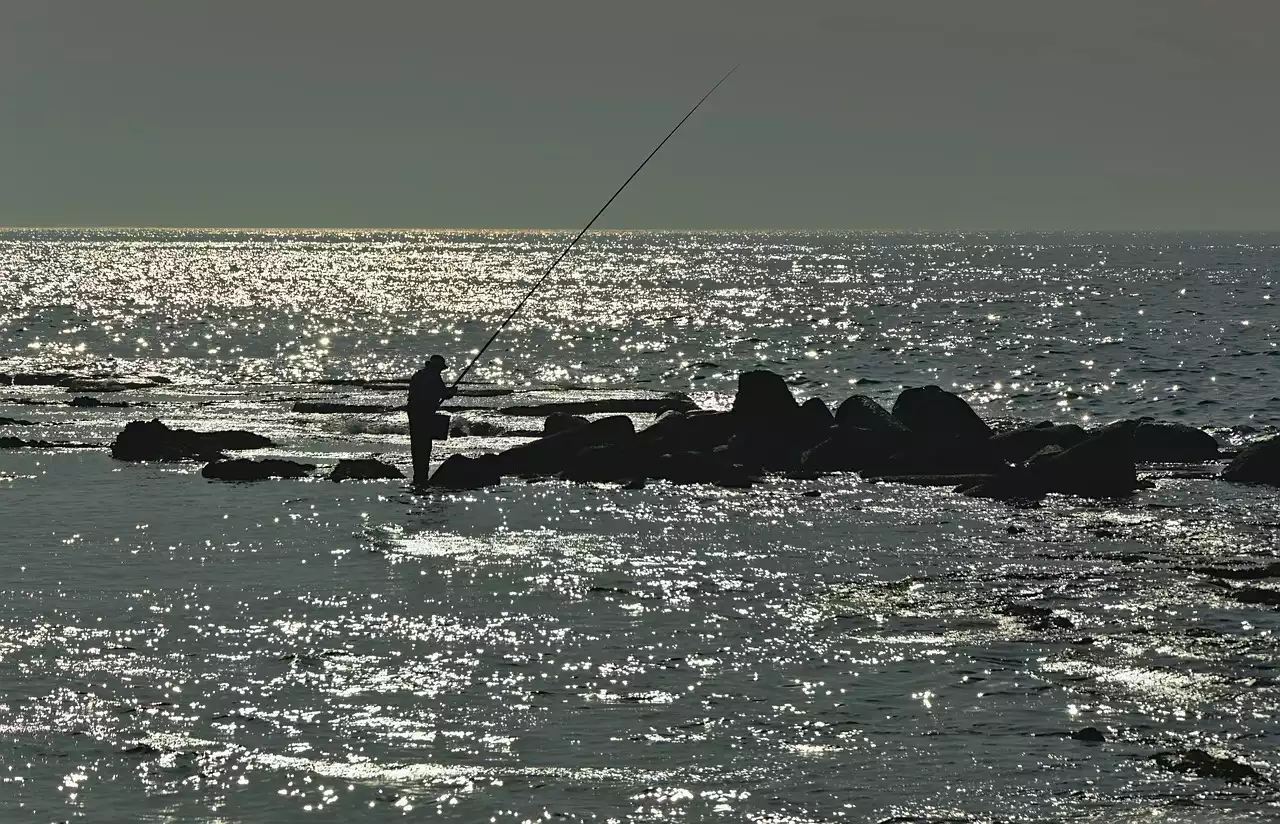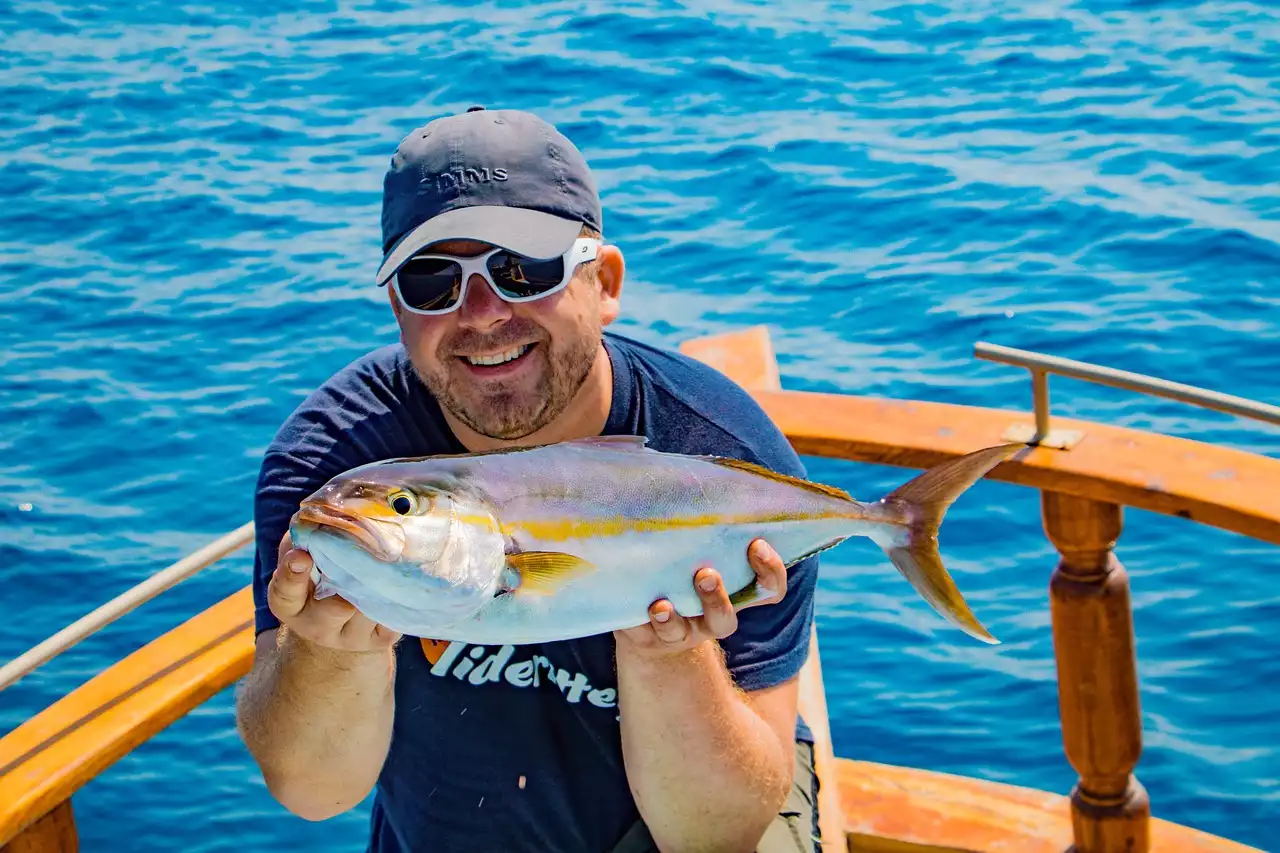Hook Your Fish On Sight
Although many of the larger fish in the lake are lured by bait, some are sight-feeders. For example, tarpon in the Atlantic can be exceptionally sight-oriented, but salmon in the Pacific Northwest tend to only be attracted to a very specific color and pattern. Trout, bass, and pike can be attracted to a wide range of colors, but some species, such as bluefish, are only attracted to specific colors. This is one of the most important things to keep in mind when fishing for large game fish. If you don’t know what they’re attracted to, then you can’t figure out where to cast your line. If you don’t know where to cast, you might as well be fishing in a pool. Many fish are attracted to specific colors. However, just because a fish is attracted to a certain color doesn’t mean that color is going to be effective in the water. The color could be too bright or too dark for the water.
Use Strong Lines and Good Equipment
Fishing for big game fish can put a lot of pressure on your equipment. Simply put, if the line or reel snaps, you’re screwed. If you don’t have the right equipment, you’ll have to cut your line and start over. With some of the biggest game fish, like bluefin tuna, a single day on the water can be enough to reel in a record-breaking catch. It could take you years to get another shot at a fish of that size. The best way to protect your equipment is to use a high-quality line. This is especially important if you’re fishing in saltwater, where the water is corrosive. You want to make sure your line can stand up to the rigors of the water, or it’s going to snap before you even get a bite.
Go Deep to Hook Big Game Fish
Many of the biggest fish lurk in the deep waters of the lake. Some of the biggest fish in the world inhabit deep-sea waters. While the deep might seem like a strange place to fish, it’s the perfect location to catch a few of the largest fish in the lake. For example, marlin, sailfish, and tuna live in deep water. They’re often referred to as pelagic fish because they’re found in the open water. Many other fish, such as salmon, white fish, and bass, migrate from shallow water to deep water during their lifespan. This means that you can find them in both shallow and deep water at various times of the year. However, if you want to hook these larger fish in the deep water, you need to try a few different strategies.
Hit the Right Spot at the Right Time
Big game fish aren’t always in the same place at the same time. This is even more true during different parts of the year. For example, you’re not going to find salmon in the same place every season. They migrate to different parts of the lake based on the time of year. If you know where the fish are and when they arrive at certain locations, it makes it that much easier to catch them. You can also adjust your fishing style to maximize your chances of reeling in a big catch. If a certain area is known to have a lot of smaller fish, such as mackerel, try fishing with a smaller line and a smaller lure. If the area has lots of larger fish, such as salmon, try fishing with a heavier line and a larger lure.
Throw in Some Surprise Moves
Big game fish have seen every trick in the book. They’ve heard every trick in the book, too. If you’re fishing for giant fish, chances are you’ve seen plenty of other people fail. You know that the fish aren’t stupid, so it’s only a matter of time before they figure out your tricks. However, you can keep the fish on their toes by throwing in some surprise moves. For example, many fishermen use the same type of bait. If you’re using mackerel, try switching to herring. If you’re using a certain type of lure, try changing it up. You can also try changing up the way you’re using your equipment. For example, if you’re using a certain color of the line, try switching to a different color.
Hit “Re-Boot” Strategies Whenever Necessary
Big game fish have been around for a long time. They’re not going to be easily spooked, and they’re not going to give up a meal easily. If you’re fishing for giant fish and you’ve tried all of the above techniques and nothing is working, it’s time to hit the “re-boot” button. Re-boot strategies are like a fresh start. Throw out everything that isn’t working and try something completely new. If the fish aren’t interested in your bait, try switching to something else. If the fish aren’t interested in your lure, try changing it up. It’s like starting over, but with everything you’ve learned in the past.
Big game fish can be challenging to reel in, but they can also be extremely rewarding. If you follow these strategies, you’re more likely to catch a giant fish than if you just tie a lure to a chicken leg and throw it in the water. Big game fishing is a sport of finesse and finesse alone. You need to think like the fish and know what makes them tick. Once you know what makes them tick, it’s only a matter of time before you reel in the biggest fish of your life!









